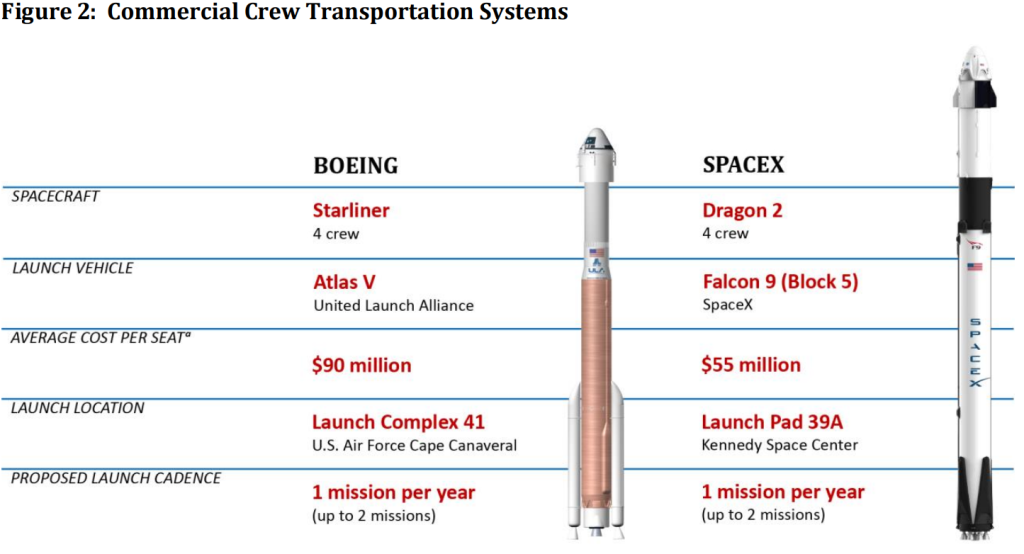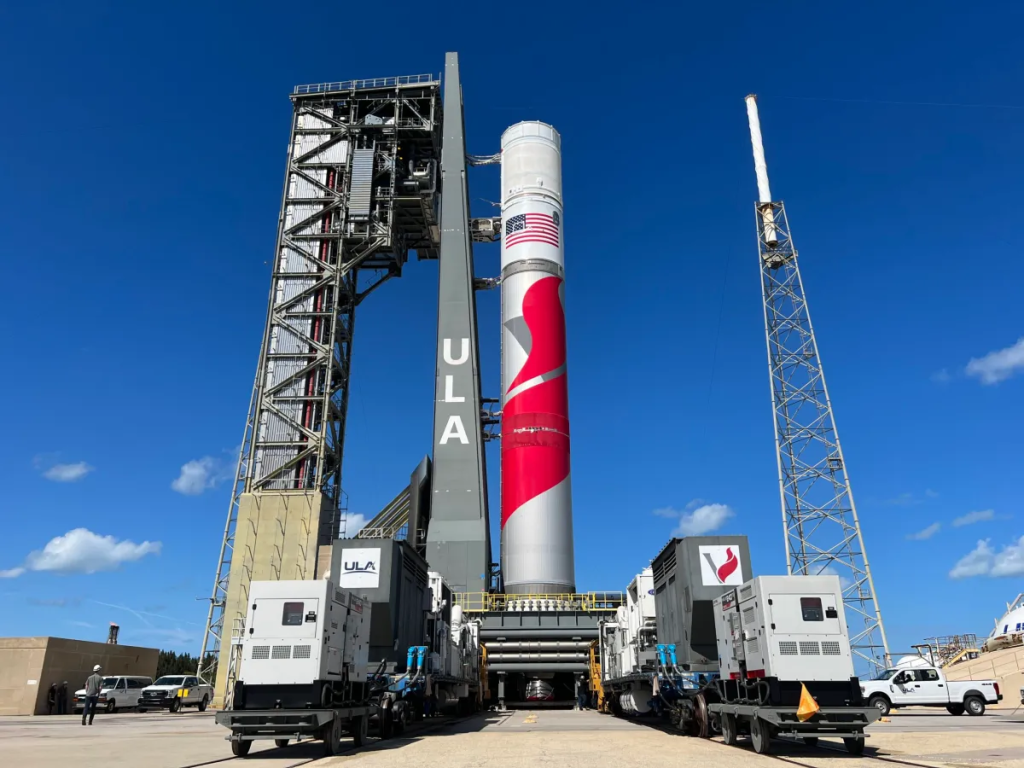Atlas V Rocket Launch Today
Today marks a significant milestone for the Atlas V rocket, as it undertakes its final national security mission. The mission, titled USSF-51, carries a classified payload, making it a crucial endeavor for the United States Space Force. This mission also signifies ULA’s 100th national security mission, underscoring the company’s critical role in supporting U.S. defense operations.
The Space Force 45th Weather Squadron has predicted an 80% chance of favorable weather for the launch, which bodes well for the planned liftoff. Despite the early morning hour, viewers along the east coast should have a clear view of the Atlas 5 rocket launch today, assuming cloud cover remains minimal.
Timeline of Atlas V Rocket Launch Events
- 6:00 a.m.: ULA begins the fuel fill sequence, releasing RP-1 kerosene fuel into the RD-180 main engine in preparation for ignition.
- 6:12 a.m.: ULA confirms that the Atlas V is ready for launch.
- 6:20 a.m.: Weather conditions are confirmed as GO for launch.
- 6:25 a.m.: ULA’s live coverage of the launch begins.
- 6:35 a.m.: Ten minutes to liftoff.
- 6:45 a.m.: Liftoff!
The Atlas 5 Rocket and Its Legacy
The Atlas 5 rocket, known for its reliability and versatility, has been a workhorse for national security missions since its debut in 2002. This particular mission uses the Atlas V 551 configuration, also known as “The Bruiser,” which features a five-meter payload fairing and five solid rocket boosters for maximum thrust.

While today’s launch marks the final national security mission for the Atlas 5, the rocket will continue to serve in other capacities. Upcoming missions include launches for Amazon’s Project Kuiper and NASA’s Boeing Starliner missions.
Boeing Starliner vs SpaceX Dragon: The Competition
As the Atlas V completes its national security missions, attention shifts to the next generation of launch vehicles and spacecraft. The Boeing Starliner, which has utilized the Atlas 5 for its missions, competes directly with SpaceX’s Dragon spacecraft. Both vehicles are integral to NASA’s Commercial Crew Program, but they represent different approaches to human spaceflight and cargo delivery.

The Starliner has faced numerous delays and technical challenges, whereas SpaceX’s Dragon has successfully completed multiple missions to the International Space Station. The competition between Boeing Starliner vs SpaceX Dragon highlights the dynamic and rapidly evolving landscape of commercial spaceflight.
Transition to the Vulcan Rocket
With the Atlas 5 rocket nearing the end of its service life, ULA is preparing to transition to the Vulcan rocket, a more advanced and flexible launch vehicle. The Vulcan is designed to replace both the Atlas V and the retired Delta IV rockets, offering enhanced performance and greater affordability.

The Vulcan rocket has already completed its first certification flight, launching the Astrobotic Peregrine lunar lander in January. The second certification flight, scheduled for September, will be critical for its future role in national security missions.
Today’s launch is a testament to the enduring legacy of the Atlas 5 rocket and its contributions to U.S. national security. As we witness the liftoff of the Atlas V rocket launch today, we also look forward to the new era of space exploration and defense capabilities ushered in by the Vulcan rocket. Stay tuned for live updates and coverage of this historic event.


